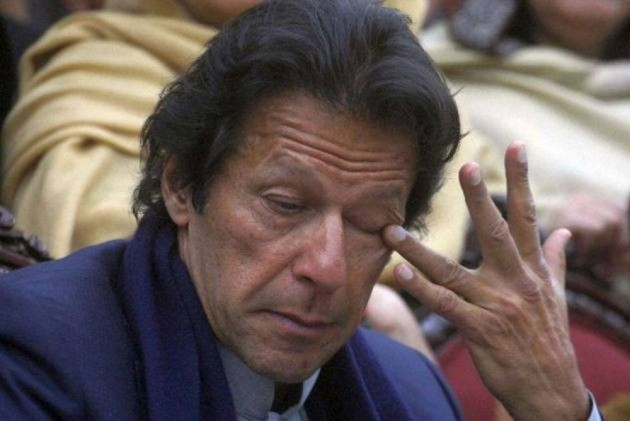The World Bank (WB) had projected a bleak picture for Pakistan’s economy with the deceleration of its growth rate and rising inflation as well as debt burden over the next two years. The projections came to be true as Pakistan has recorded a dismal 3.3 % rate of growth in 2018-2019. This is half of what the target of 6.2% was set for the government. The simple reason being that none of the sectors performed as expected in the 1st year of Imran Khan as the Prime Minister.
The poor show came as the cash-strapped Pakistan Tehreek-e-Insaf government was negotiating a bailout package from the International Monetary Fund (IMF) to tide over the country’s economic woes. The National Accounts Committee, in its 101st meeting chaired by Secretary Planning, Development and Reform Zafar Hasan, to review the Gross Domestic Product (GDP), came out with the growth figures for the year 2018-19.
The government had anticipated a growth of 3.8% growth rate in the agriculture sector, 7.6% in industry and 6.5% in services, which summed up an average of 6.2% as the growth rate. The Asian Development Bank had recently projected further decline in Pakistan’s GDP growth. According to the reports by ADB, “GDP growth is forecast to decelerate further to 3.9% in FY2019 as macroeconomic challenges continue and despite steps to tighten fiscal and monetary policies to rein in high and unsustainable twin deficits” It had further added that the FY2020 would grow only at a subdued rate of 3.6%.
The debt ridden country faces slow economic growth coupled with the currency devaluation. The GDP of the economy slipped from $313 billion to $280 billion at the end of the PML-N government’s term. According to the National Accounts Committee (NAC) the GDP of the country went in doldrums as the monetary value of the goods and service grew only at a rate of 3.39%. The growth has come largely from the services sector, which is less job-intensive. It contributed 87% to the total national output for the outgoing fiscal year. It however couldn’t drive the economy alone to achieve the target of 6.2% rate of economic growth.
The 3.29% growth rate is the lowest in nine years. In 2010-11, the economy had grown at a rate of 3.6%. The 3.3% economic growth rate depicts the challenges that the PTI government faced in its first year in power. Almost every sector has witnessed negative growth. The provisional growth rate in the first year of the PTI is almost half the pace needed to absorb the youth bulge.
The recent oil price hike has also contributed to the miserable condition of the economy. People are filled with agony, because of the uncontrolled inflation and rise in prices. The effect of the slow economic growth will directly be faced by the citizens. The economy of Pakistan is falling into a debt trap as the country is facing huge fiscal deficit. The recent trends show a decline in the foreign direct investment in the country. The net inflow of foreign investment to GDP ratio of Pakistan is also lower than India despite the fact that the economic size of the country is almost one tenth of India’s.
The government’s indecisiveness and lack of political stability did cost the economy a great deal. With CPEC in progress, Pakistan is also burden with debt which it has to pay to China. Inconsistent economic policies severely damaged the economy, leading to the unceremonious removal of former finance minister Asad Umar. The News had reported that the regulatory environment of the Pakistan is resulting in the economy suffering from low economic growth. The need for liberalisation is imperative, and spurring entrepreneurship should be the major concern of the Imran Khan’s Government.
